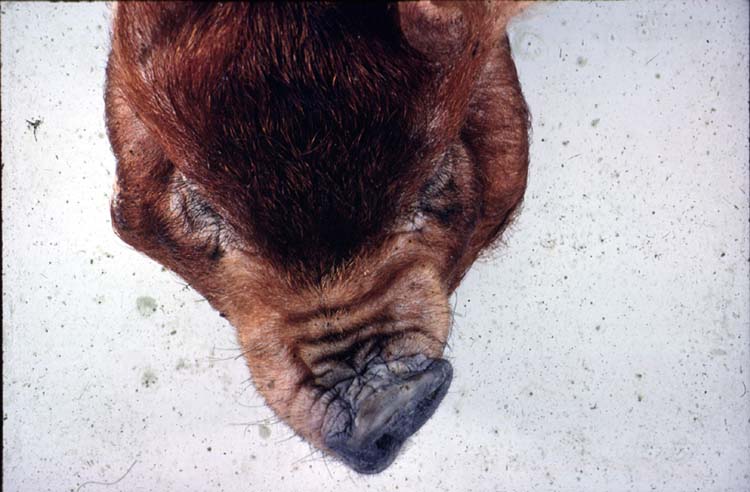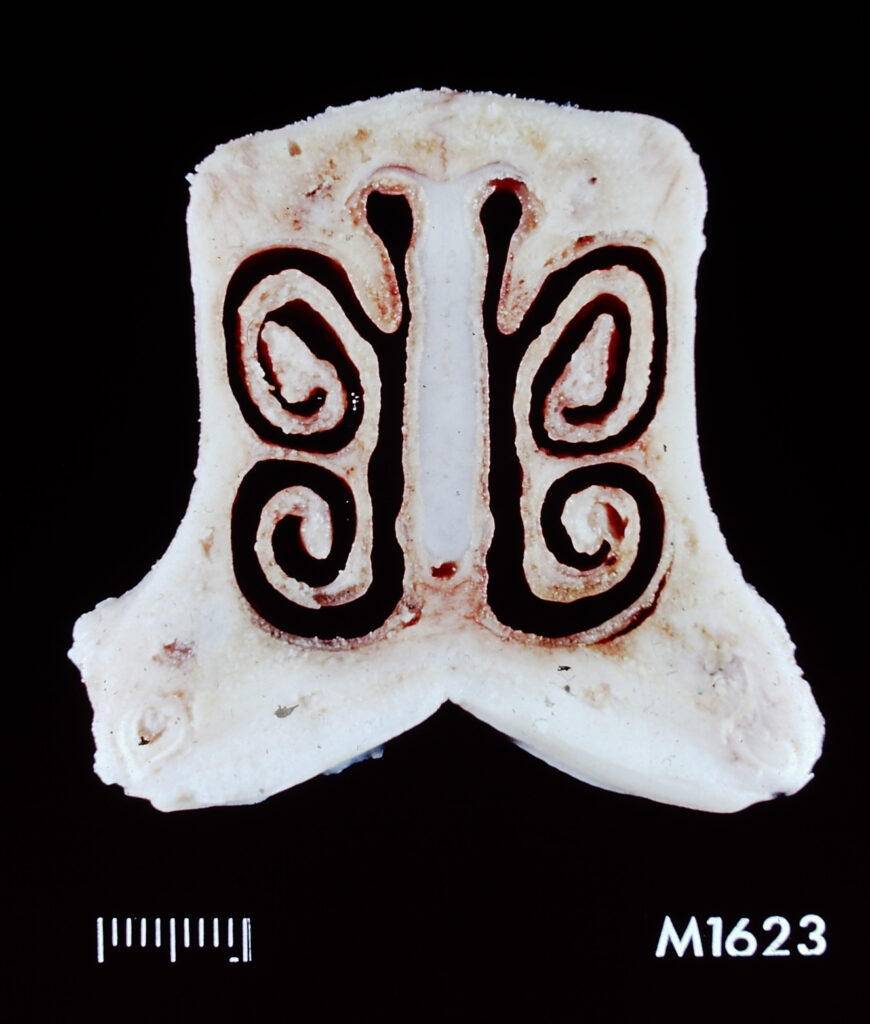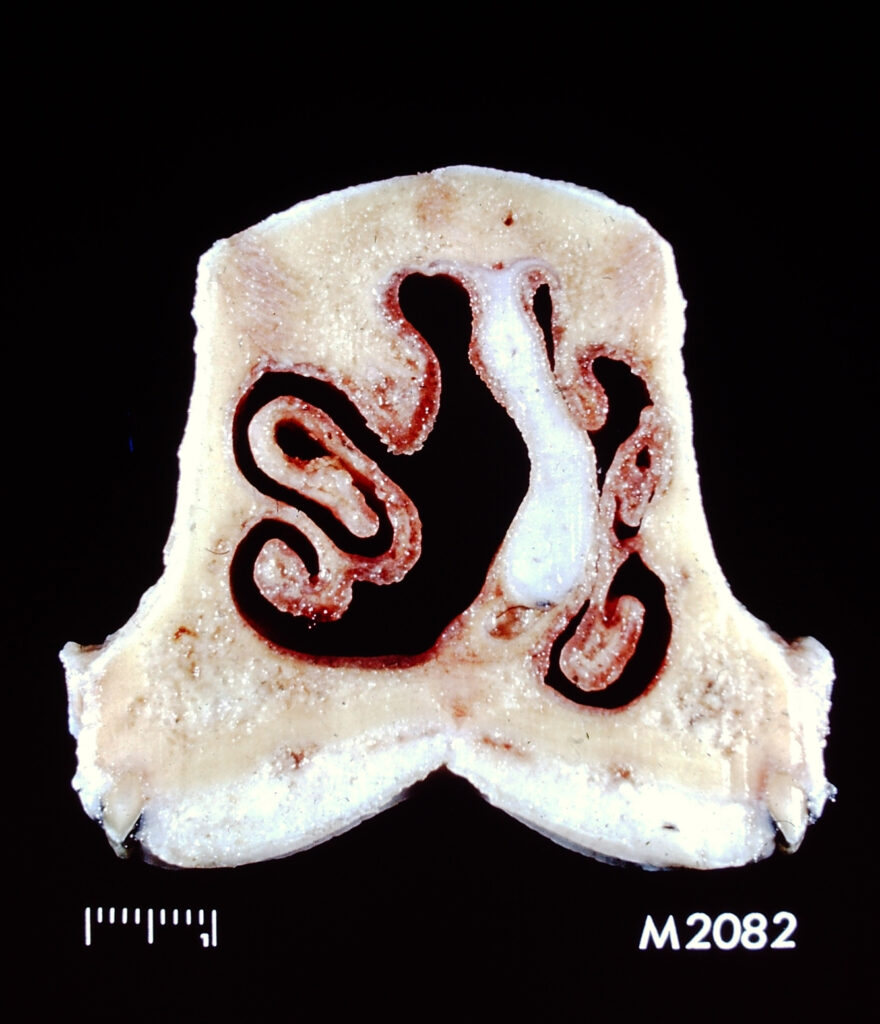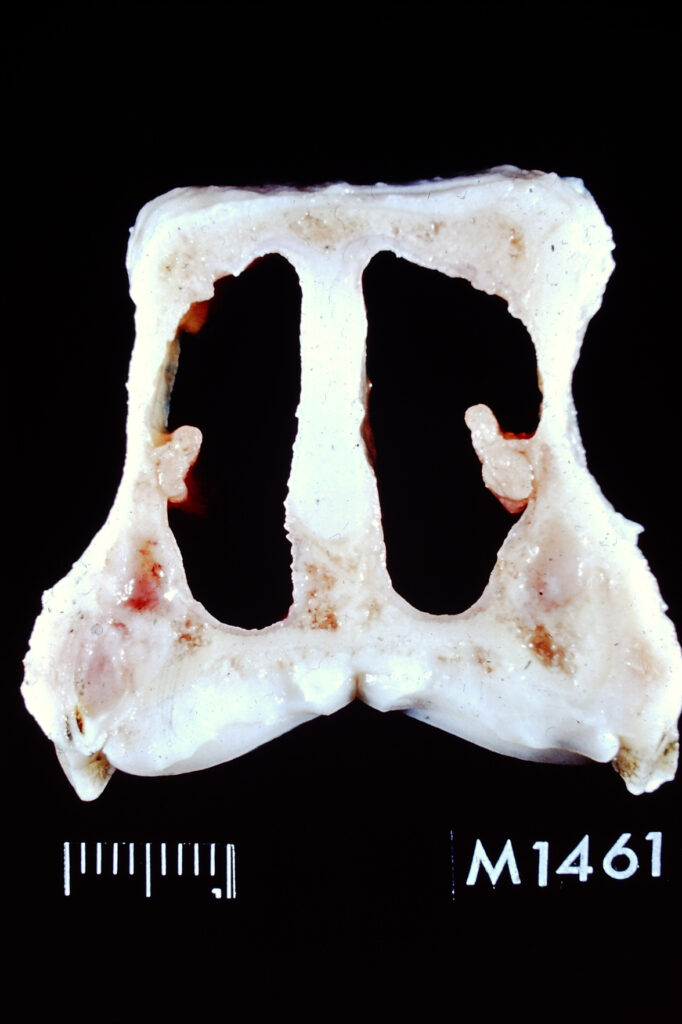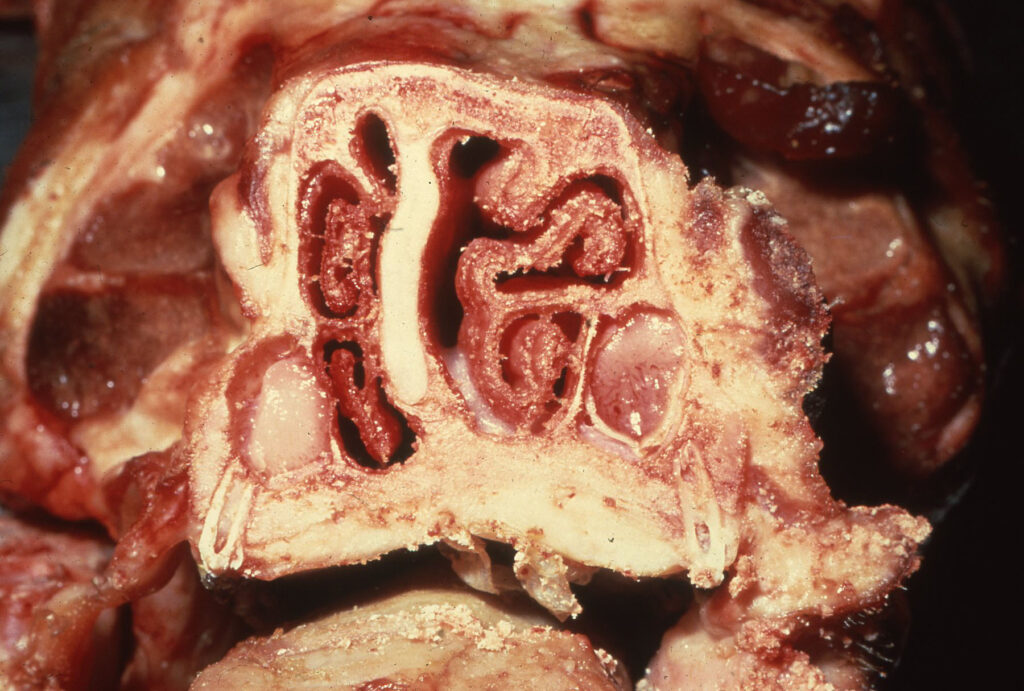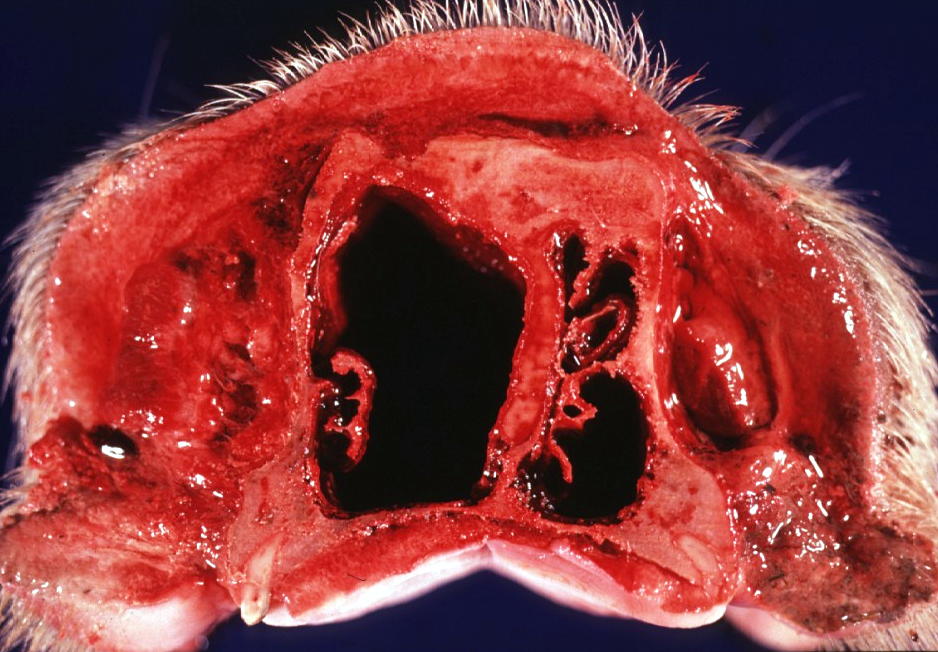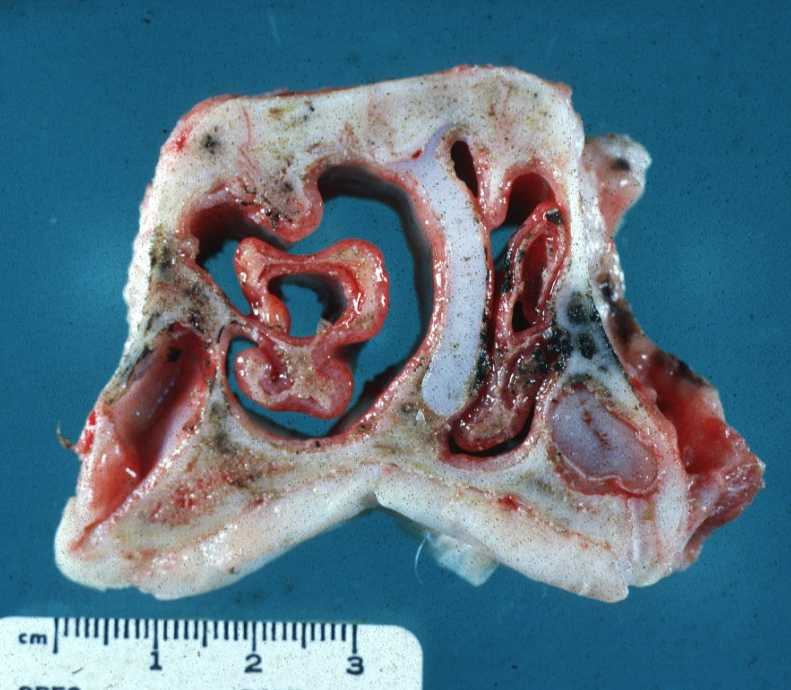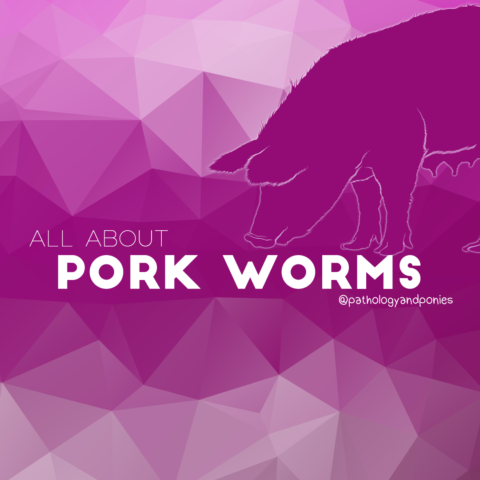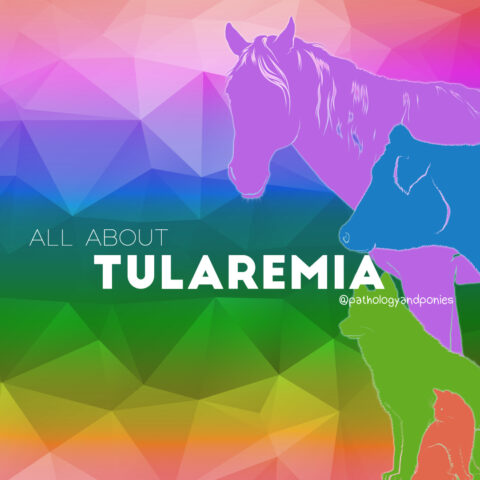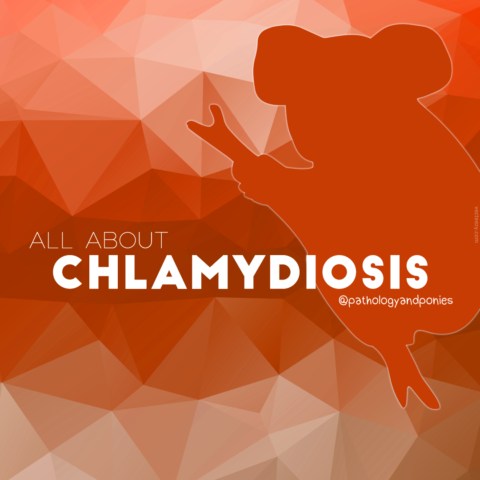Today’s path rounds are on 𝐚𝐭𝐫𝐨𝐩𝐡𝐢𝐜 𝐫𝐡𝐢𝐧𝐢𝐭𝐢𝐬!
𝐖𝐡𝐚𝐭 𝐢𝐬 𝐢𝐭?
𝐀𝐭𝐫𝐨𝐩𝐡𝐢𝐜 𝐫𝐡𝐢𝐧𝐢𝐭𝐢𝐬 is an infection of the 𝐧𝐚𝐬𝐚𝐥 𝐭𝐮𝐫𝐛𝐢𝐧𝐚𝐭𝐞𝐬, the filtration system of the nose. In this disease, the nasal turbinates become 𝐚𝐭𝐫𝐨𝐩𝐡𝐢𝐞𝐝 (smaller) and malformed, which keeps them from doing their air-filtering job effectively.
𝐖𝐡𝐨 𝐠𝐞𝐭𝐬 𝐢𝐭?
This disease is seen in pigs!
𝐖𝐡𝐚𝐭 𝐜𝐚𝐮𝐬𝐞𝐬 𝐢𝐭?
There are actually two causes of atrophic rhinitis: 𝐁𝐨𝐫𝐝𝐞𝐭𝐞𝐥𝐥𝐚 𝐛𝐫𝐨𝐧𝐜𝐡𝐢𝐬𝐞𝐩𝐭𝐢𝐜𝐚 and 𝐏𝐚𝐬𝐭𝐞𝐮𝐫𝐞𝐥𝐥𝐚 𝐦𝐮𝐥𝐭𝐨𝐜𝐢𝐝𝐚, which are both bacteria.
Bordetella causes 𝐧𝐨𝐧-𝐩𝐫𝐨𝐠𝐫𝐞𝐬𝐬𝐢𝐯𝐞 atrophic rhinitis, which is not typically a huge concern on pig farms. Pasteurella, on the other hand, causes 𝐩𝐫𝐨𝐠𝐫𝐞𝐬𝐬𝐢𝐯𝐞 atrophic rhinitis, which is a big concern! Because this disease will continue to get worse and worse, these pigs are often severely affected, and may succumb to their lesions. Pasteurella causes such severe disease because it produces a 𝐜𝐲𝐭𝐨𝐭𝐨𝐱𝐢𝐧 (cell-killing toxin) that specifically targets the cells of the nasal turbinates.
𝐖𝐡𝐲 𝐢𝐬 𝐭𝐡𝐢𝐬 𝐚 𝐩𝐫𝐨𝐛𝐥𝐞𝐦?
The main issue with atrophic rhinitis is that the pigs feel pretty crummy! Especially in severely affected pigs, you will often see sneezing, nasal discharge, nosebleeds and even pneumonias associated with this disease. These pigs often are described as 𝐟𝐚𝐢𝐥𝐢𝐧𝐠 𝐭𝐨 𝐭𝐡𝐫𝐢𝐯𝐞, because they often feel so crummy they stop eating, drinking, and generally doing normal pig things.
𝐇𝐨𝐰 𝐢𝐬 𝐢𝐭 𝐝𝐢𝐚𝐠𝐧𝐨𝐬𝐞𝐝?
Besides the clinical signs described previously, severely affected pigs often have a distorted snout, where the nose points towards the more severely affected side. So if a veterinarian comes into a barn of pigs with twisty noses, they already have a pretty good idea of what’s going on! At necropsy, one of the easiest methods for diagnosis is sectioning the nose so you can compare the two nasal turbinates. On these sections, the normally scroll-shaped turbinates will be distorted or even missing!
𝐇𝐨𝐰 𝐢𝐬 𝐢𝐭 𝐭𝐫𝐞𝐚𝐭𝐞𝐝? 𝐇𝐨𝐰 𝐢𝐬 𝐢𝐭 𝐩𝐫𝐞𝐯𝐞𝐧𝐭𝐞𝐝?
Unfortunately there aren’t many treatment options for these pigs, so control strategies are the best bet. Typically, veterinarians will recommend strategies that improve the hygiene and management of the pigs, to help control the disease. There are also vaccines that can be given to both the sows and young piglets to help boost their immune system against these particular bacteria, before the disease occurs. Neat!
𝐏𝐡𝐨𝐭𝐨𝐬
1) A pig with a twisted snout. Poor piggie!
2-4) An interesting series of images from an experimental study. The first one is an unaffected pig, showing the lovely scroll-shaped turbinates. The second image is a moderately affected pig, followed by a severely affected pig. Poor turbinates!
5-7) More examples of moderately to severely affected pigs at necropsy.
𝐒𝐨𝐮𝐫𝐜𝐞𝐬
Maxie, G. Jubb, Kennedy and Palmer’s Pathology of Domestic Animals, Volume 2. Sixth Edition.
Dee, SA. Atrophic rhinitis in pigs. Merck veterinary manual, 2014.
Photos 1-7 © Noah’s Arkive contributors Ramos, Williams, Jakowski, Tyler, King licensed under CC BY-SA 4.0.

